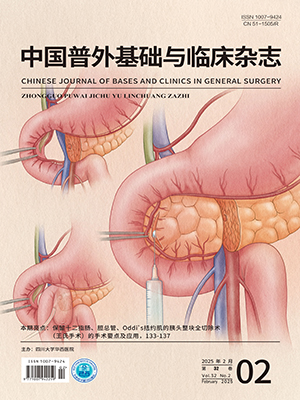ObjectiveTo investigate the radiological appearances of postoperative complications after living donor liver transplantation for patients with hepatocellular carcinoma under multi-detector row spiral computed tomography (MDCT) and magnetic resonance imaging (MRI) examination. MethodsThirty-nine imaging data in 20 patients with hepatocellular carcinoma after living donor liver transplantation from January 2008 to June 2010 in the West China Hospital were included and analyzed by two radiologists respectively. The relations between the types of complications and radiological appearances were especially recorded. ResultsAll the cases experienced complications to different extent. Common surgical complications occured in 20 cases, including pertitoneal fluid collection (14 cases), pneumoperitoneum (2 cases), swelling of peritoneum, omentum, and mesentery (1 case), abdominal wall swelling (2 cases), pleural effusion (9 cases), and pericardial fluid collection (2 cases). Hepatic vascular complications involved hepatic artery in 3 cases, portal vein in 5 cases. Biliary complications presented in 7 cases, including anastomotic stenosis of biliary duct (6 cases) and bile leak (1 case). Graft parenchymal complications included intrahepatic lymph retention (11 cases), infarction (3 cases), and infection (2 cases). Intrahepatic recurrence in 5 cases, intraperitoneal metastasis in 3 csses and pulmonary metastasis in 2 cases. ConclusionMDCT and MRI have important diagnostic values for postoperative complications after living donor liver transplantation for patients with hepatocellular carcinoma.
Citation: CHEN Guangwen ,LIU Xijiao,SONG Bin,HUANG Zixing. Postoperative Complications after Living Donor Liver Transplantation for Patients with Hepatocellular arcinoma: Evaluation by Multi-Detector Row Spiral CT and Magnetic Resonance Imaging. CHINESE JOURNAL OF BASES AND CLINICS IN GENERAL SURGERY, 2011, 18(4): 435-440. doi: Copy
Copyright © the editorial department of CHINESE JOURNAL OF BASES AND CLINICS IN GENERAL SURGERY of West China Medical Publisher. All rights reserved




